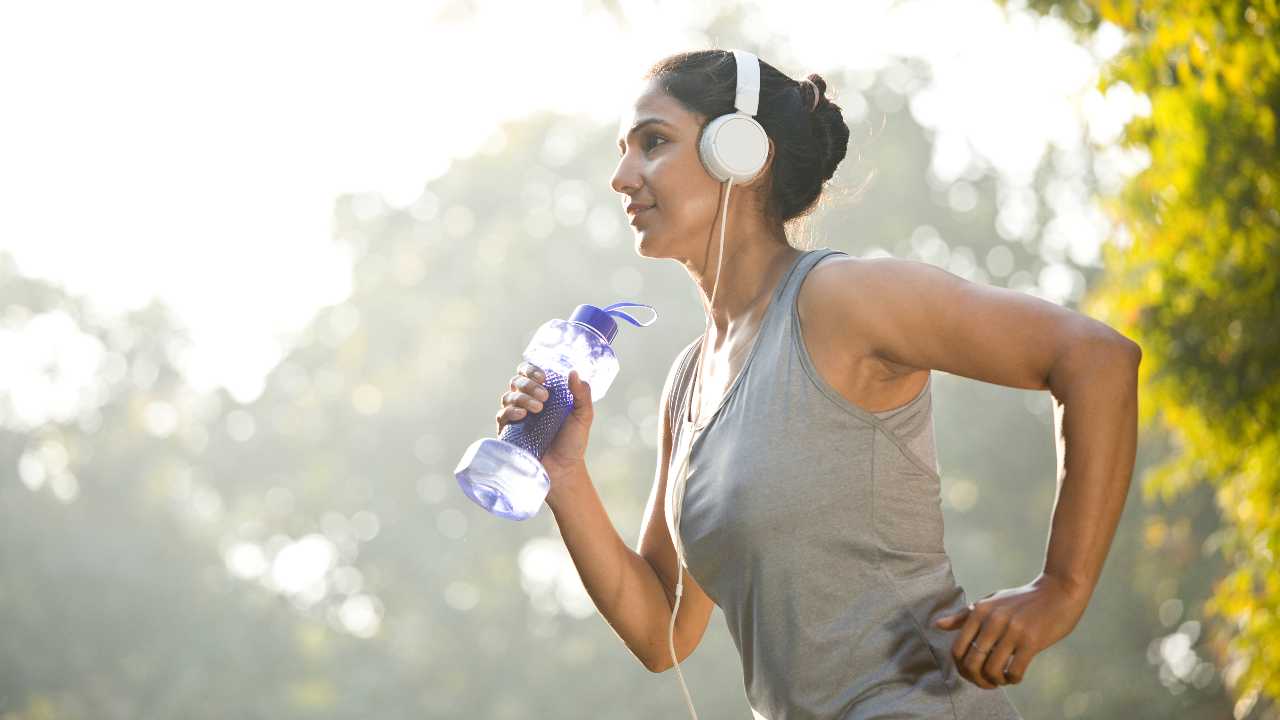The summer of 2021 came in sizzling, with June temperatures in many parts of the US shattering records, baking landscapes and prompting those of us who usually exercise outside to question when, how — and if — we should continue to work out in nature’s furnace.
Helpfully, a group of exercise scientists wrote a comprehensive scientific review about training and competing in scorching heat, in preparation for the upcoming Summer Olympics in torrid Tokyo. Published in the aptly titled journal Temperature, the review focuses on elite athletes — but, the authors agree, the advice can be adapted for those of us training for a summer fun run or charity bike ride or aiming simply to stay active and safe outside until fall. What follows is a compilation of their expert recommendations.
Be strategic
When we exercise, we generate internal heat, which our bodies shed by sweating and shunting warmed blood away from our cores and toward the skin. If ambient temperatures rise, though, this process falters. Body heat builds up. Our hearts labour to send additional blood toward the skin. We glisten with sweat, and the same run, stroll or ride that felt tolerable during cooler weather now drains us.
To sidestep these conditions, we can move our workouts indoors, into air-conditioned comfort, or schedule them strategically. “I would always recommend the morning,” especially for city dwellers, says Oliver Gibson, a senior lecturer in exercise science at Brunel University London and lead author of the review. “In an urban area, it is likely that the concrete will have retained a high amount of residual heat that will radiate back” at exercisers later in the day, he says. Unshaded sidewalks similarly will be hotter than parks and leafy pathways.
Aim for acclimatisation
We also should accustom ourselves, slowly, to unfamiliar swelter, Gibson said, a process known to exercise scientists as acclimatising, which involves working out sometimes, by choice, when the day is warmest. This approach helps to condition our bodies to better cope with the heat. Once acclimatised, we will sweat earlier and more abundantly than before, dissipating internal heat better and leaving us feeling bouncier and less fatigued.
Acclimatising should be gradual, however. To start, slather on sunscreen, fill a water bottle, head outside after about 10am, when temperatures intensify, and try to complete a gentler version of your standard workout, says Carl James, a senior physiologist at the National Sports Institute in Kuala Lumpur, Malaysia, and co-author of the review. If you usually run for 30 minutes, for instance, maybe jog for 20, and monitor how you feel. If your heart seems to be racing, he says, or you feel lousy, “slow down.”
After a few acclimatisation sessions, you should notice your clothes and skin are drenched, Gibson said. Congratulations. “Earlier and more profuse sweating is a great sign that heat adaptation is taking place,” he says. Most of us acclimatise after about 5-10 hot workouts, he adds, although women, who tend to sweat less freely than men, may require an extra easy session or two to be fully prepared for harder workouts in the heat.
Take a warm soaking
After each acclimatisation session, head for the showers, but dial up the heat. Standing under a warm shower spray or soaking in a hot bathtub for 10 minutes or so after a sweltering workout prompts our bodies to continue acclimatising, Gibson said. “It extends the stimuli for heat adaptation,” he points out, “and is therefore welcome and beneficial.”
Slurp a slushie beforehand, consider cold underwear
An icy beverage before a hot workout “will help with hydration and provide a combination of perceptual and actual cooling,” Gibson said. Aim to drink about 16 ounces [about half a litre] of cold fluid 20 minutes or so before you head out. Drinking closer to the session’s start could cause stomach upset during your workout.
Slapping a cold washcloth onto your neck, donning an ice vest or slipping into athletic undergarments that have spent the night in the freezer likewise can up coolness (if not comfort) during hot-weather exercise. So can a gentle misting of chilly water on your face or licking an ice pop, says Ashley Willmott, a lecturer at Anglia Ruskin University in Cambridge, England, and another review co-author. But these techniques can be risky, too, he cautions, because the cooling effects are limited and short term, and potentially deceptive.
Recognise signs of overheating
If you feel nausea, headache, dizziness or cramping during a hot workout, slow down or stop and hunt for shade, Gibson said. These could be signs of incipient heat illness. Unfortunately, heat illness also clouds thinking, said Neil Maxwell, a lecturer in environmental physiology at the University of Brighton in England and the review’s senior author. He and his co-authors strongly recommend exercising with a partner in the heat.
NYTNS











